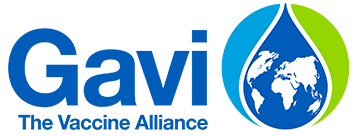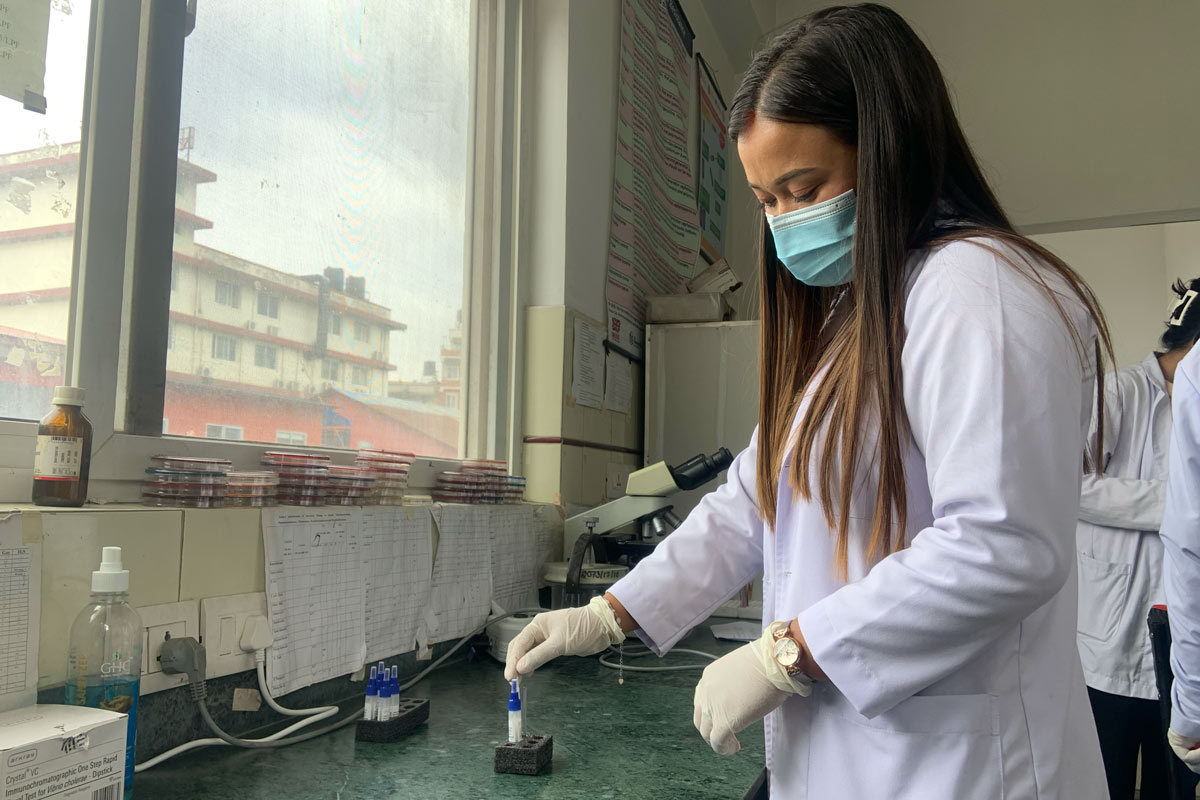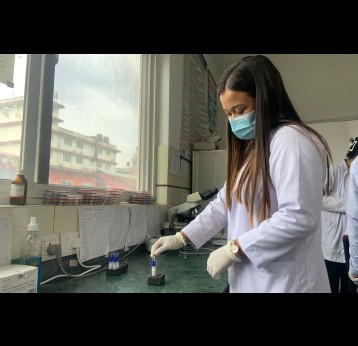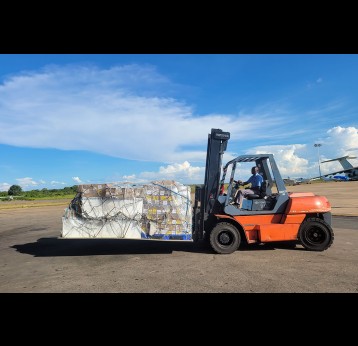The issue
As with any infectious disease, prevention, early detection and response are the best ways to reduce the public health threat posed by outbreaks.[1] However, accurate and reliable identification and detection of cases – and thus hotspots and at-risk populations – remain a significant challenge in most countries,[2] negatively impacting optimal efficiency and effectiveness of vaccination efforts.
The absence of validated, fit-for-purpose rapid diagnostic tests (RDTs) for cholera, meningitis, typhoid, measles and rubella also forces reliance on complex, lab-based infrastructure (i.e. polymerase chain reaction or “PCR” and culture), which poses logistical, scaling and training challenges in Gavi-supported countries.[3] As with vaccines, ensuring availability of suitable diagnostics for these diseases requires pooling demand, predictable investments and end-to-end collaboration across the value chain.
Gavi’s response
Since 2018, the Gavi diagnostics procurement programme has collaborated with global, regional and country partners[4] across development, procurement and launch pathways for diseases where access to fit-for-purpose diagnostics would significantly improve countries’ vaccination efforts. This collaboration leverages expertise and ensures efficiencies along the value chain to improve early case identification, confirmation and response, thereby guiding more effective vaccine targeting.
Ensuring fit-for-purpose tests
Affordable, validated commercial diagnostic tools – especially those enabling decentralised testing – can drive a shift from nationwide, non-selective campaigns to more accurately targeted sub-national immunisation efforts, thus improving public health outcomes while reducing costs.
Currently, Gavi-supported countries can apply to receive yellow fever diagnostics (supported since 2019) and cholera diagnostics (supported since 2024). Gavi also works with Alliance partners to ensure fit-for-purpose tests are available for the target pathogens by publishing target product profiles (TPP) and market shaping roadmaps; and by supporting product pre-qualification (or equivalent). Currently, Gavi further publishes Calls for Expressions of Interest from manufacturers (here or through partners) to generate independent data for future regulatory recommendations and Gavi procurement. Ongoing verifications are under way for measles and rubella (both RDTs and enzyme immunoassays), cholera molecular tests and meningococcal meningitis RDTs.
Gavi’s impact
Improved vaccine targeting
As of the first quarter of 2025, 22 countries have received Gavi support for yellow fever testing through the supply of yellow fever diagnostics. Since 2019, at least nine potential yellow fever (YF) outbreak response vaccination campaigns have been averted, saving approximately US$ 54–123 million in vaccine costs. Countries that have benefited from Gavi-supported YF testing (Ethiopia, South Sudan, Kenya, Uganda) have used surveillance-based evidence to inform vaccination decision-making to plan for introductions and campaigns of YF vaccines in routine immunisation and scale-up.
As of the second quarter of 2025, 20 countries have applied for and been approved to receive Gavi support for cholera testing through the supply of cholera RDTs, and 13 countries are in their second year of support. This support enables more effective and efficient oral cholera vaccine (OCV) usage by helping build an evidence base of affected areas and trends in cholera transmission. These efforts have supported OCV deployment in countries such as Bangladesh, Democratic Republic of the Congo, Kenya, Malawi, Nepal and others.
Increased cholera testing is also expected to yield major efficiency gains – it is estimated to reduce by half the number of preventive cholera vaccination campaigns, as every US$ 1 spent in testing reduces OCV campaign costs by US$ 61 (compared to using clinical data to inform decisions about vaccine targeting)[5].












